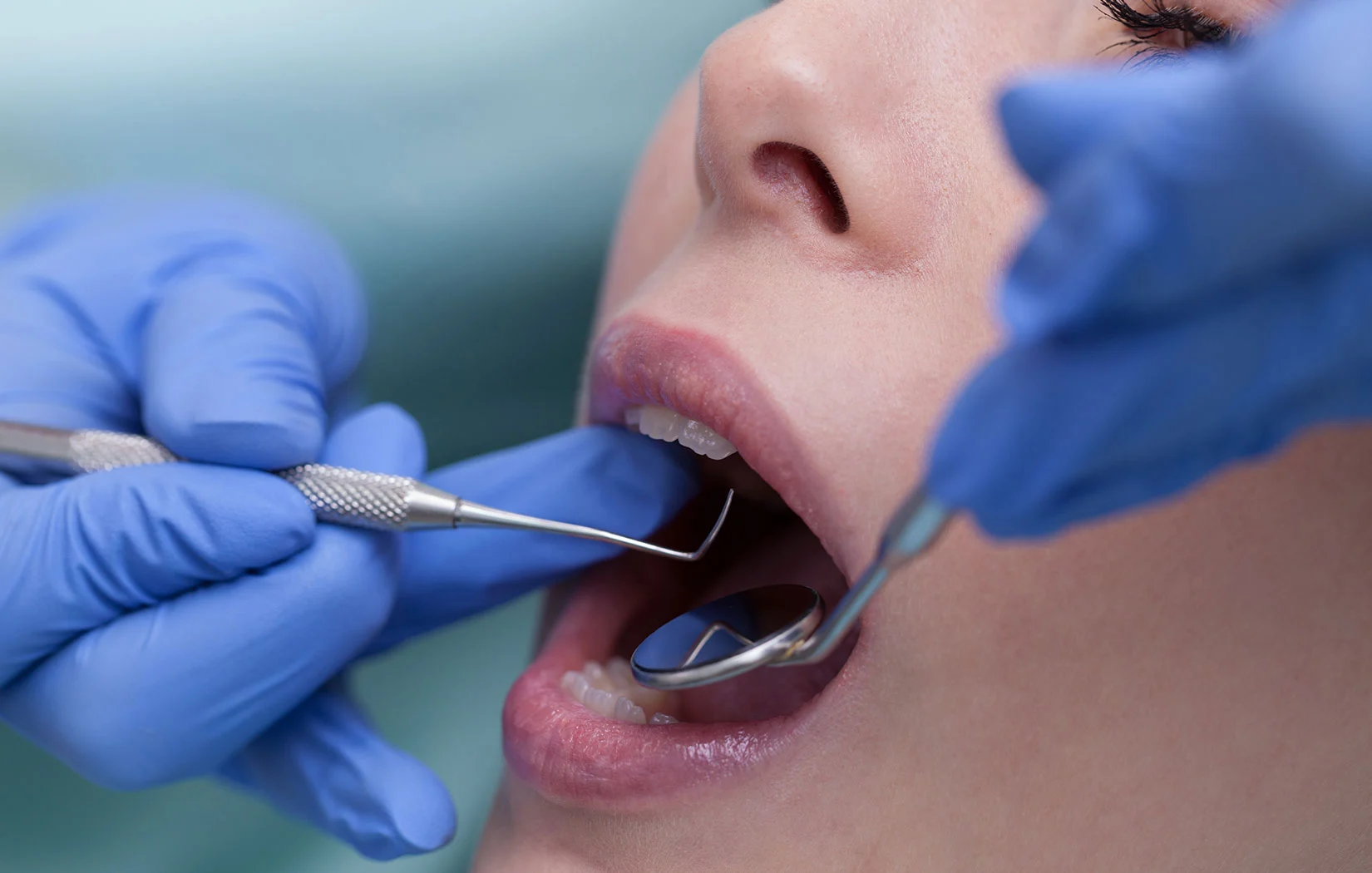Are your fillings losing their luster? Don’t worry; you’re not alone. Discolored or blackened fillings are a common concern for many dental patients. If you’re searching for a “dentist near me” to address this issue, it’s important to understand what causes discoloration and how it can be treated. While fillings are an effective way to treat cavities and maintain oral health, it’s important to recognize when they start to change color and what this could mean.
Reasons Fillings Can Change Color
Several factors can contribute to the discoloration of fillings over time. One of the most common reasons is the materials used in the fillings. Traditional silver amalgam fillings tend to darken as they age, often resulting in a noticeable contrast against the natural color of the tooth. Additionally, composite fillings, while more aesthetically appealing initially, can also become stained or discolored due to prolonged exposure to certain foods and beverages like coffee, tea, red wine, and tobacco. Poor oral hygiene practices can lead to a buildup of plaque and tartar, which can cause the edges of the fillings to become discolored. This can also result in secondary decay, leading to further discoloration and compromising the integrity of the filling. Understanding these factors can help patients recognize the importance of maintaining good oral hygiene and seeking regular dental check-ups to ensure their fillings remain in optimal condition. If you’re looking for a “dentist near me” to help maintain your fillings, be sure to choose one that emphasizes preventive care.
Other reasons your fillings might be changing color include:
Cracks and Leaks: Fillings can develop cracks or tiny openings over time, allowing bacteria to infiltrate and lead to discoloration.
Material Degradation: The materials used in dental fillings can break down or degrade with time. Amalgam fillings can corrode and darken, while composite fillings can also degrade, resulting in discoloration.
Who’s Most at Risk for Discolored Fillings?
While anyone with dental fillings can experience discoloration, some people are more susceptible:
- Tobacco Users: Tobacco use significantly contributes to discolored fillings.
- Heavy Coffee and Tea Drinkers: Coffee and tea are notorious for staining teeth and fillings.
- Inadequate Oral Care: Neglecting oral hygiene can lead to plaque buildup and discoloration.
- Aging Patients: Changes in filling color are a normal part of the aging process.
- Patients with Older Fillings: Older fillings, especially amalgam, may be more prone to discoloration.
How Discolored Fillings Are Repaired
When you find a dentist near me to address discolored fillings, they may offer a range of solutions, including:
- Composite Resin Replacement: Replacing discolored composite fillings with new ones can restore the natural color of the tooth.
- Polishing: Professional dental cleaning and polishing can remove surface stains and restore the filling’s original shine.
- Whitening and Bonding: If surrounding teeth are also discolored, teeth whitening and dental bonding can be used to match the color and brightness.
- Replacement of Old Fillings: Replacing older fillings, especially amalgam, with modern, tooth-colored fillings can enhance your smile and improve oral health.
- Preventive Measures: Regular dental check-ups, good oral hygiene, and avoiding staining substances can help prevent discoloration.
Schedule Your Appointment Today
If you’re concerned about discolored fillings and need to find a dentist near me, don’t hesitate to reach out to Canyon Country Dental Care. Our experienced dental professionals are ready to assist you.

